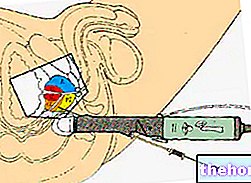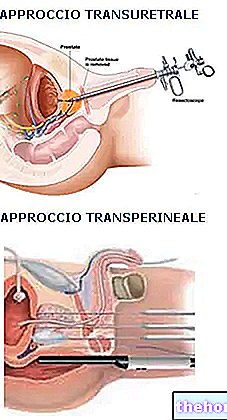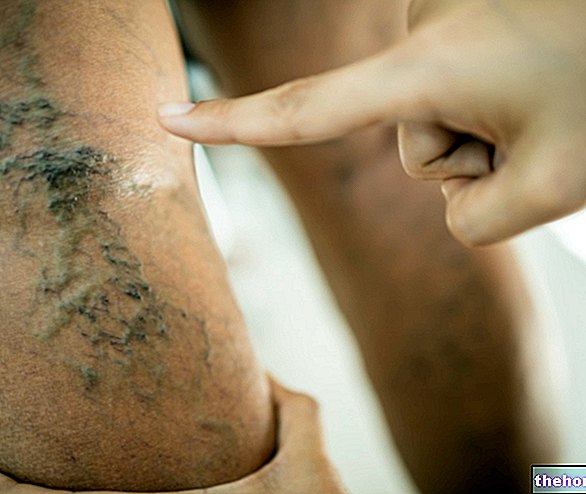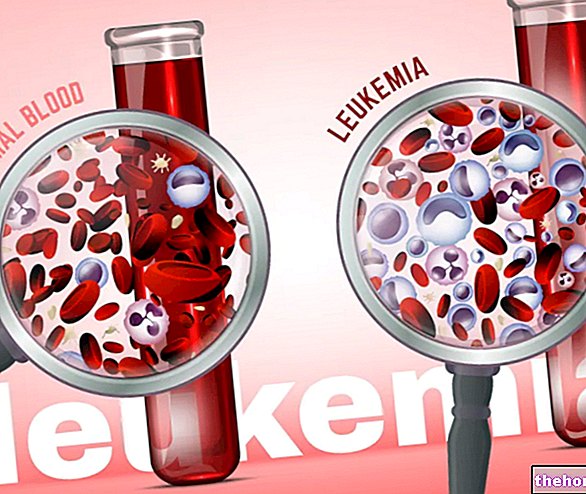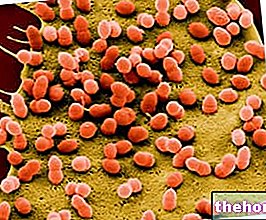What is the Prostate Biopsy?
Prostate biopsy is a diagnostic test aimed at taking small samples of prostate tissue, subsequently observed under an optical microscope to confirm or exclude the presence of prostate cancer.
Indications How to do it? Possible Complications Preparation
Indications
When is it needed?
Finding one or more of the following is a common indication for prostate biopsy:
- elevated blood values of PSA (prostate specific antigen);
- suspicious pictures emerged during transrectal prostatic ultrasound;
- perception of abnormal formations during rectal exploration of the prostate (the doctor introduces his index finger into the patient's anus and feels the gland through the intestinal wall).

Prostate biopsy is therefore necessary whenever there is a well-founded suspicion of prostate cancer, a disease that represents - even if only in certain respects - the most common type of cancer among men. Fortunately, many prostate tumors are benign or evolve slowly, remaining confined for a long time in the gland without creating significant disturbances (the incidence of these tumors is very high, while mortality is extremely low, which is why it is said that "they die more men with prostate cancer and prostate cancer "). Unfortunately there are also not too frequent cases in which the disease develops rapidly and forms metastases already at an early stage (the incidence of these malignant tumors is relatively low, but mortality is quite high).
Prostate cancer is very rare before the age of forty-five / fifty "and even if in this regard there are no specific screening schemes, starting from this age it is important to undergo regular checks of the gland, especially in the presence of risk factors - such as familiarity with the condition - or suspicious symptoms, such as difficulty urinating, pain and burning when urinating, hematuria and a sense of incomplete emptying of the bladder (bladder tenesmus). Since the "usefulness of these" screening tests "in asymptomatic people is debated, it is important to contact your doctor to evaluate the opportunity to undergo or not to undergo tests such as the PSA dosage and digital rectal examination.
How is it done?
Unfortunately, non-invasive tests such as CT, Nuclear Magnetic Resonance and PET cannot accurately identify this type of tumors, usually very small, which is why it is necessary to take a sample of prostate tissue to be subjected to histological examinations.
Transrectal biopsy
During the prostate biopsy, the patient is generally found lying on his side, with the thighs flexed towards the chest or, alternatively, in the "gynecological" position (supine with legs apart).
Once assumed the body attitude suggested by the doctor, the urologist performs a preventive digital exploration of the rectum and prostate. Having thus ascertained the absence of contraindications, a well-lubricated ultrasound probe is inserted into the anus, which, going up the rectum, allows the prostate to be viewed on the appropriate screen. In this regard, the instrument uses a beam of sound waves, evaluating the consequent degree of reflection of the tissues; therefore there is no danger related to ionizing radiation.
Through the path opened by the probe, with the help of ultrasound images, the doctor injects a small dose of anesthetic (lidocaine) near the prostate, then leaving the drug to act for a few minutes. Using a special biopsy needle and ultrasound images , the doctor takes an average of 8/16 fragments of the prostate, in relation to its size, the results of previous biopsies and any clinical suspicion given by the rectal exploration. In the meantime, the ultrasound probe allows the urologist to continuously monitor the prostatic areas reached by the needle.

The technique just described is called transrectal prostate biopsy; a variant to this method, even if used less frequently, provides for access to the prostate through the perineum.
Both methods have proved effective and safe, which is why the choice between the two essentially depends on the preferences of the operator. The trans-perineal and trans-rectal techniques under digital control, therefore without the aid of ultrasound, are instead The transurethral prostate biopsy with the aid of a cytoscope is also quite rare.
Other articles on "Prostate Biopsy"
- Prostate biopsy, reliability and complications
- Preparation for prostate biopsy


